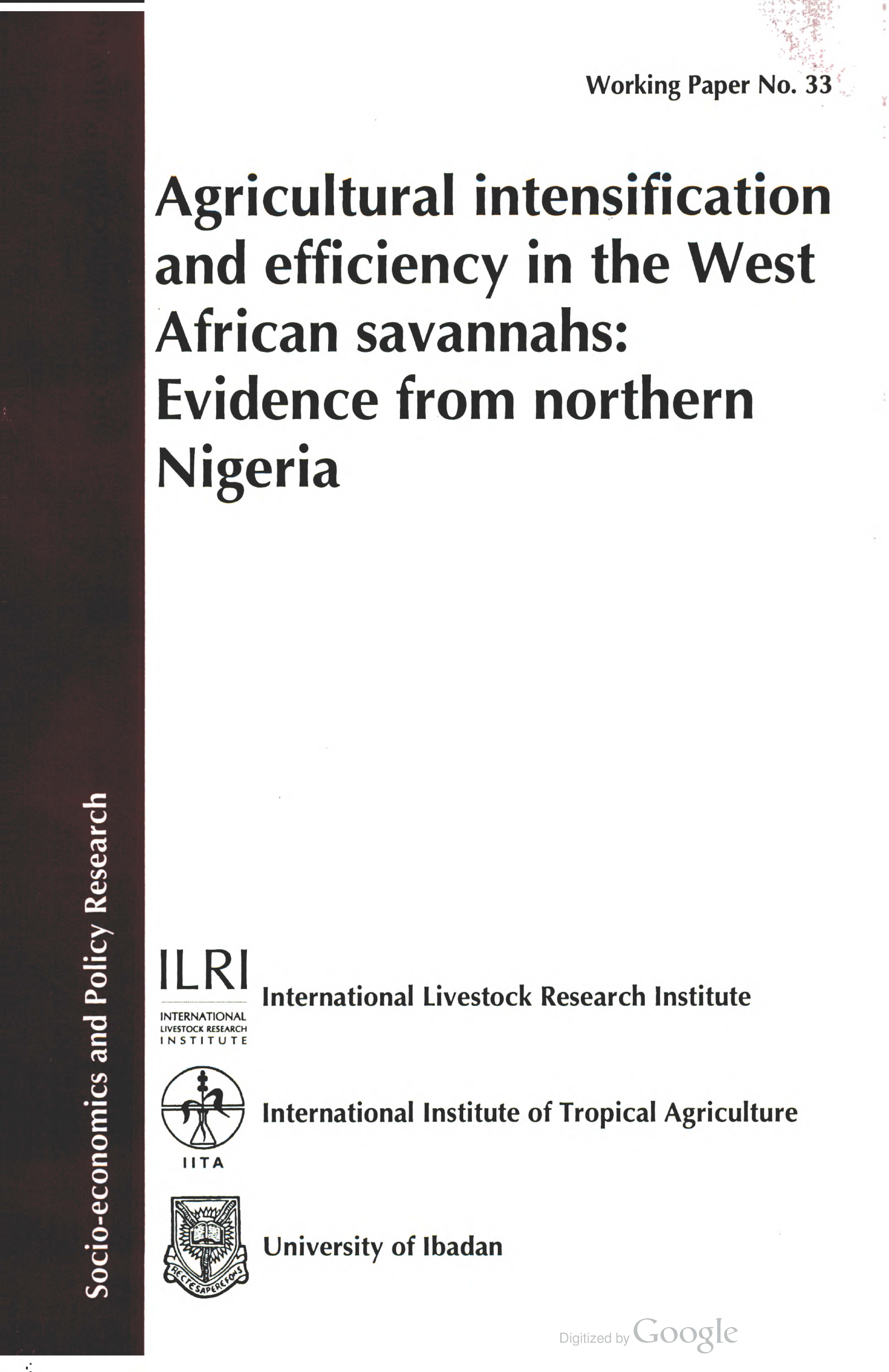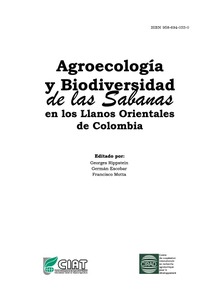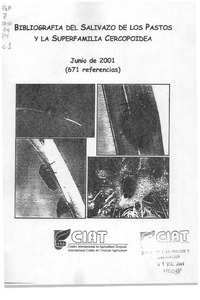Conflict to consensus: replacing rivalry with effective resource management in Burkina Faso
For over a hundred years the zone of Kisha Beiga, in Burkina Faso, was plagued by ethnic conflicts, revolution and political anarchy. Local rivalries and administrative chaos put paid to any efforts to manage natural resources efficiently. Then, in 1991, the Burkinabe Sahel Programme (PSB) set out to quell factional rivalry and establish sustainable resource-management in the area.









